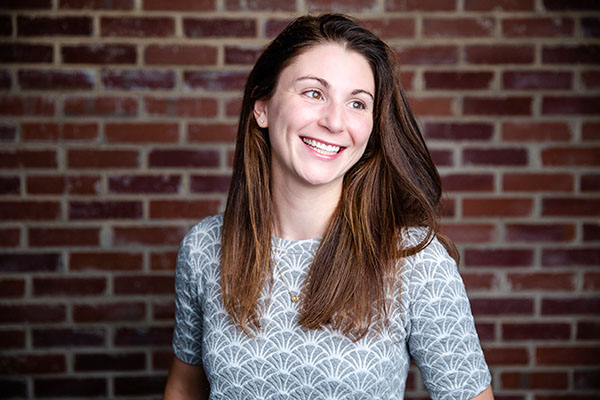Most parents have heard the phrase “back is best”. But why do we recommend this? And what does it actually mean? Well, you’re in luck! This blog post is all about the “why” and the “what” of safe sleep for infants!
In any discussion on safe sleep, we have to start by talking about sudden infant death syndrome— more commomly known as SIDS. SIDS is responsible for more infant deaths than any other cause during the first year of life, with the incidence being highest in the first 1-6 months of life. The exact cause of SIDS is uncertain. However, there has been a lot of research to suggest that there is a strong relationship between sleep position and SIDS. Therefore, as pediatricians we focus on a few simple recommendations regarding sleep environment to reduce your baby’s risk of SIDS.
Best Sleep Practices for Your Newborn and/or Infant
- Always place your baby on their back to sleep. This includes both daytime naps and nighttime sleep.
But what do I do if my baby rolls? Can I leave them on their side/ stomach?
Babies are wiggly and may accidently roll to their side or on their stomach. Until they can intentionally and consistently roll both ways—around 4-6 months—you should place them back on their back to sleep.
And what if they spit up? Won’t they choke?
Many parents worry that their baby will spit up and choke when they are on their backs. Fortunately, babies have a strong gag and cough reflex, which allows them to protect their airway, and then swallow their spit up, so they do not choke. This even applies for babies with significant reflux.
Surely my baby will now have a flat head? Or be delayed in motor development?
It is just as important that babies spend time on their stomach, while awake and being observed. “Tummy time” will prevent a flat head and help develop the head, neck, and trunk muscles to meet their next motor milestones.
- Always place your baby on a firm/flat surface to sleep. A crib, bassinet, or pack and play are recommended sleep surfaces. The sleep surface should be free of soft, cuddly pillows, blankets, stuffed animals or crib bumpers. Basically nothing except your baby should be in that bed.
What about the new specialized sleep surfaces? They are advertised to reduce the risk of SIDS?
There are many new crib mattresses or sleep surfaces that tout this. However there is no evidence to support these claims and there is actually evidence of the opposite…ie some of these products may pose more of a risk for your baby. Therefore wedges, positioners, and special mattresses are NOT recommended.
My baby only falls asleep in the carseat, stroller, or swing? What should I do?
Even if it took hours for your baby to fall asleep, they should be moved to a firm sleep surface, on their backs, as soon as possible. Despite how over tired they —or you—may be, laying on their back is still the safest way for them to sleep.
- Always place your baby on a separate surface to sleep. Keep your baby’s sleep area separate from your own. This means bed sharing or co-sleeping is not recommended for any baby. Instead we recommend room sharing, so you can easily feed, comfort, or watch your baby. Room sharing is great for the first 6 months to 1 year of life.
My baby is only happy when sleeping with me. Are you sure I can’t bring them into my bed?
Super sure. Using a swaddle or pacifier to help your baby sleep has actually been shown to reduce the risk of SIDs. Your baby should still be on their back when swaddled and they should stop swaddling when they begin to rollover. No need to worry if the pacifier falls out, you do not have to replace it.
Well since I can’t have my baby in bed with me, I should probably get a home monitor system, right?
As there is no link between apnea and SIDS, we would actually advise to NOT rely on home heart or breathing monitors to prevent SIDS if you have a healthy newborn. These monitors are inaccurate, have false alarms, and cause unnecessary worry.
Until next time,
Dr. Alanna Nutz
Parkside Provider, cookies n’ cream consumer, and night time DIYer


